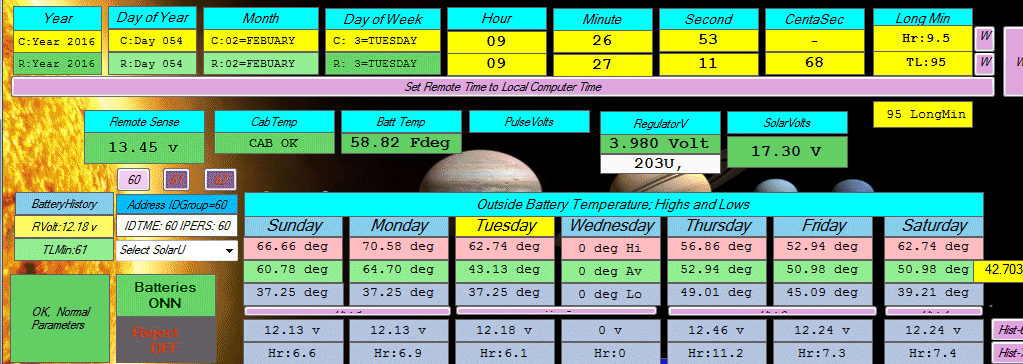
 My Solar Endowed RV
My Solar Endowed RV


|
|

|
Solar Charging Regulator
 30W Solar Panel
30W Solar PanelThere are no screw holes through the roof membrane. Tape was used to temporarily hold the wire while two silicone adhesives cured. (Must be solvent free.) Later a latex white paint was used to protect the wire from UV damage. (Use no distillates!) The Solar Panel can be removed, and is held in place by two wooden 1x2 wooden cradle arms on the sides. EPDM adhesives would probably be better than the silicone that I used to adhere the wooden frame. Air ventilation is provided at the panel ends. |
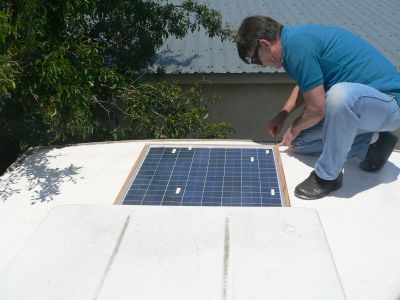 Installing 80W Panel.
Installing 80W Panel. |
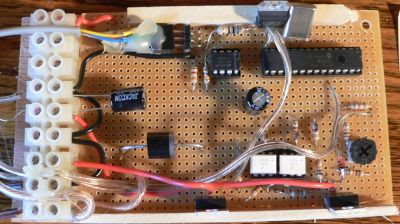
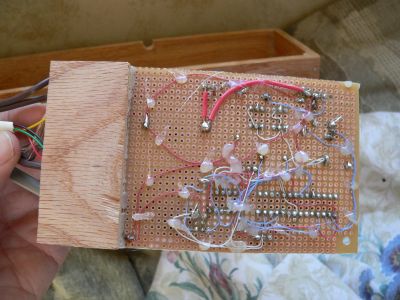
|
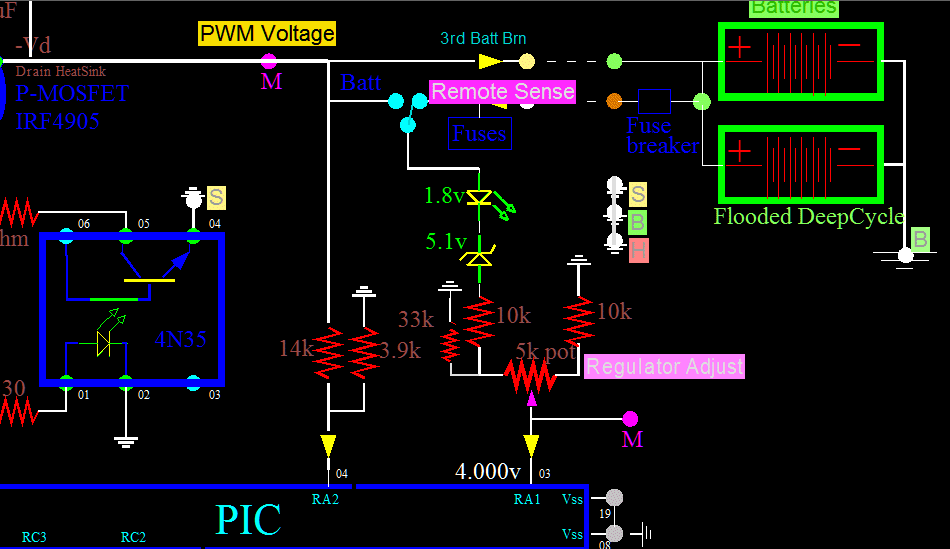
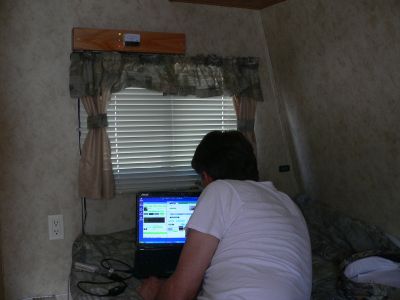
|

|
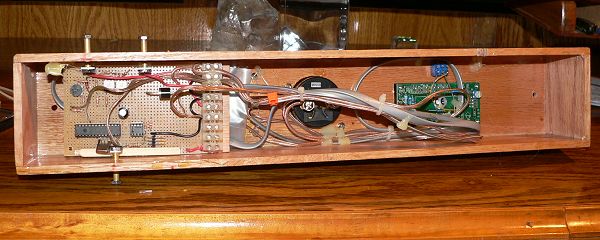
|
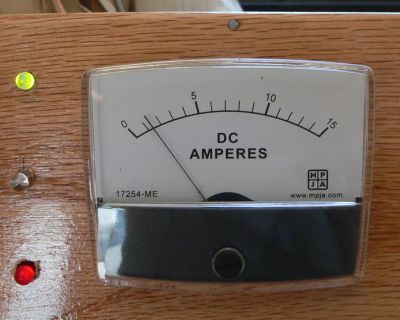
|
the Power Controller schematic
Microprocessor Controlled.
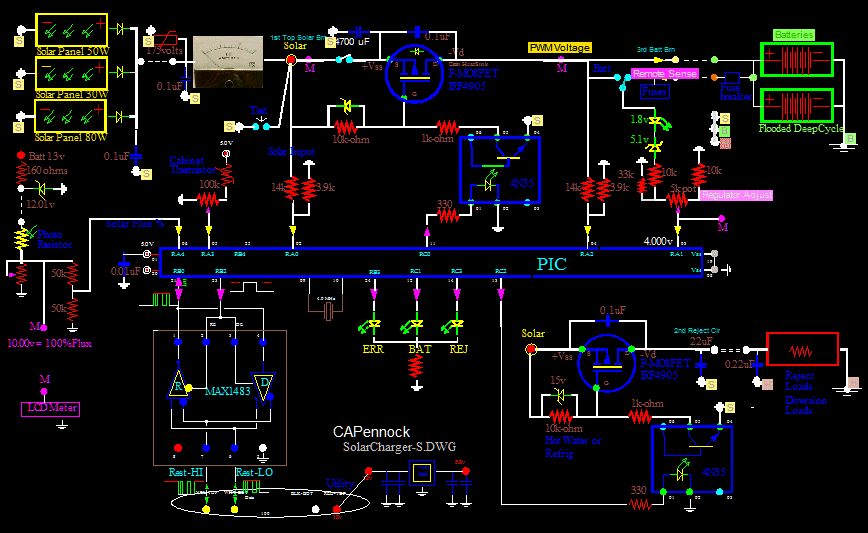 PIC 16F1933 Microprocessor
PIC 16F1933 Microprocessor
|
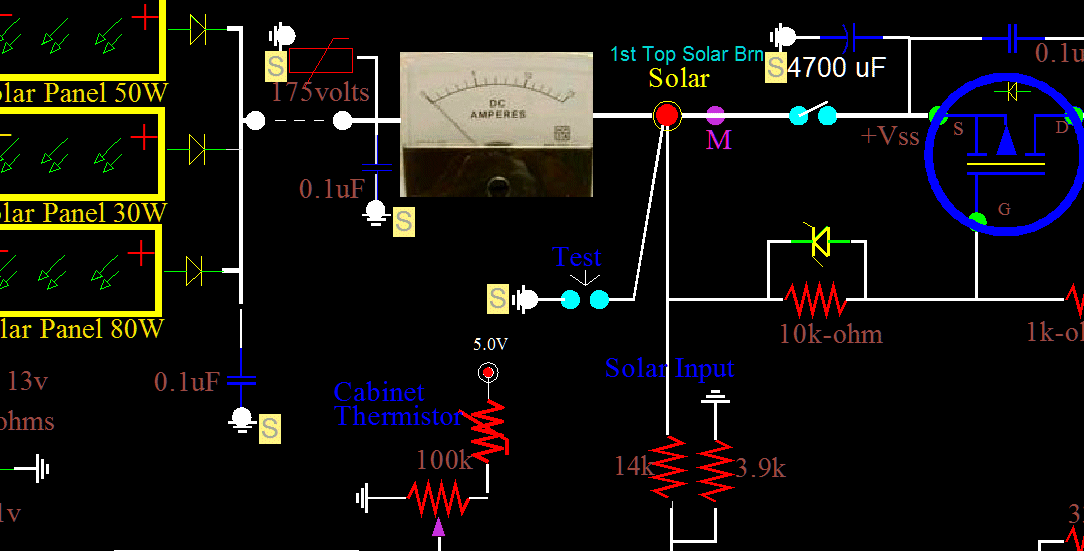
|
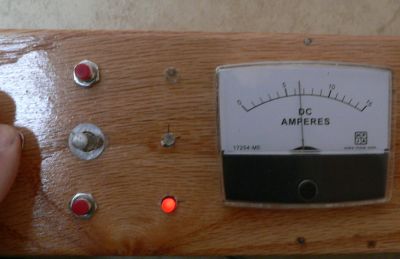
|

|
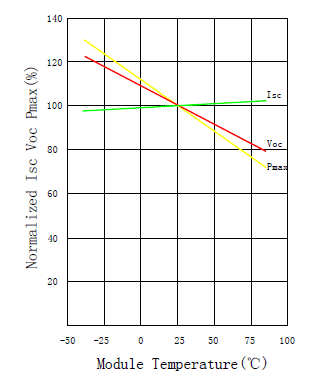 Typical Multicrystalline
Typical Multicrystalline Heat derating... Power in yellow is down 50%! |
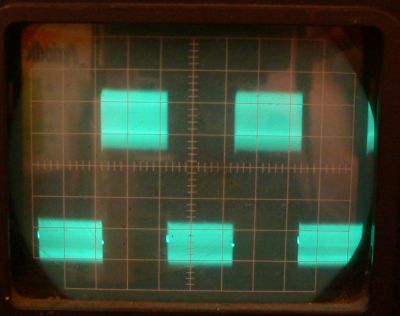
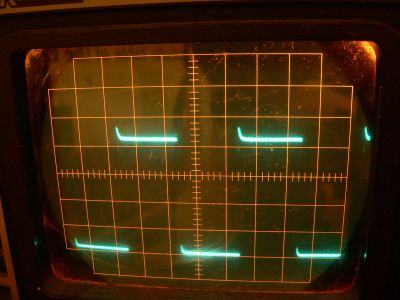
|
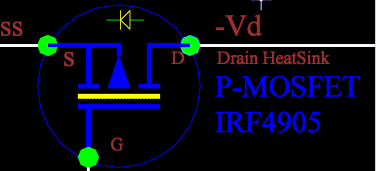
|
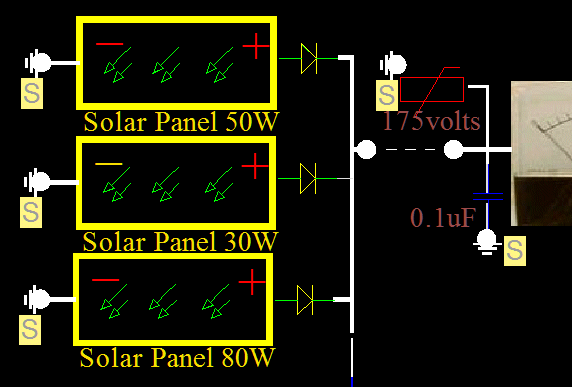 Installed Diodes at each panel...
Installed Diodes at each panel...
|
 Max light Graph
Max light Graph
|

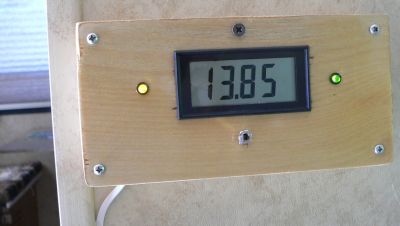
|
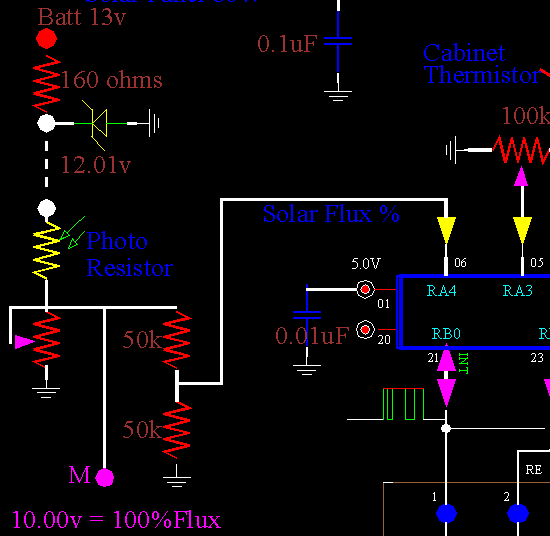
|
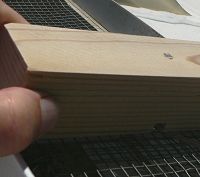
|
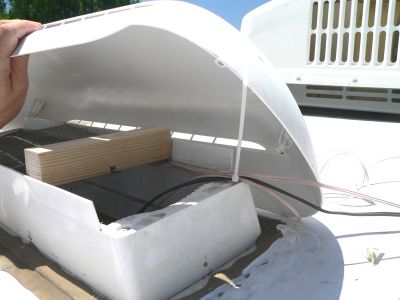 Solar sensor placement
Solar sensor placement
|
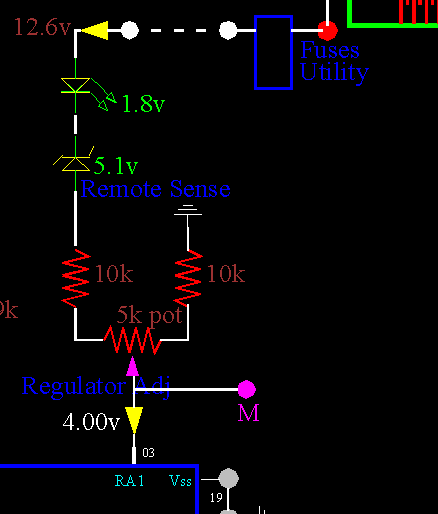 Regulator
Regulator
|

|
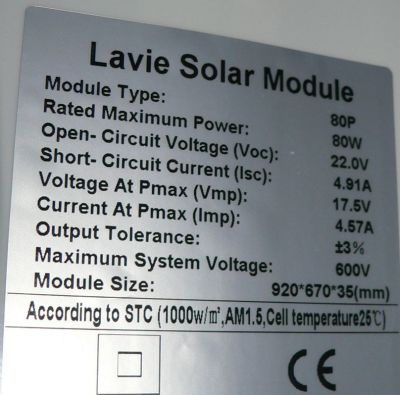
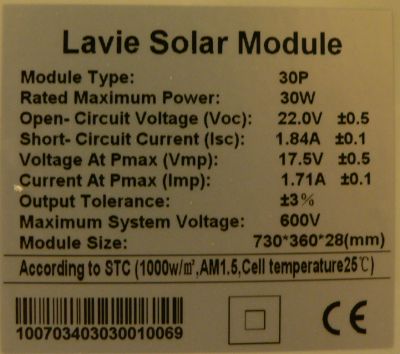
|
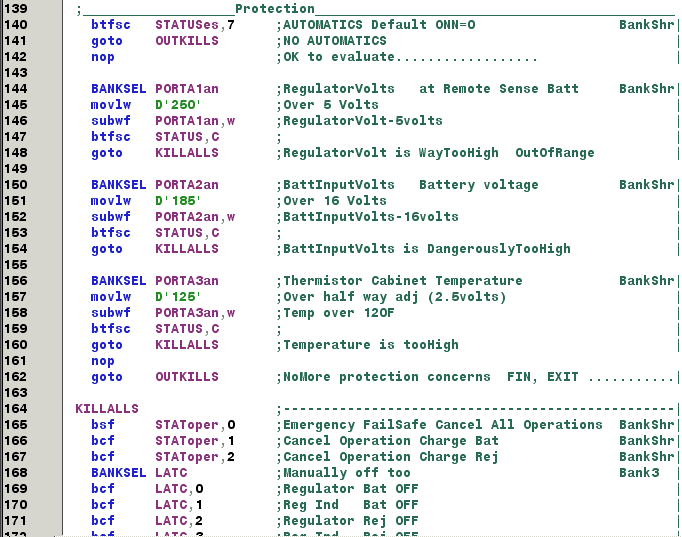 Protect Code
Protect Code
|
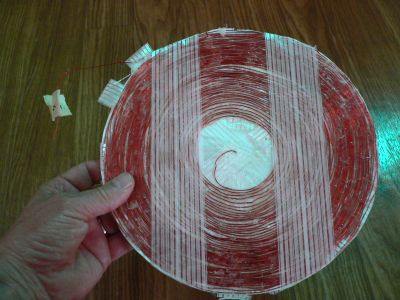 A reject load pad
A reject load pad
|
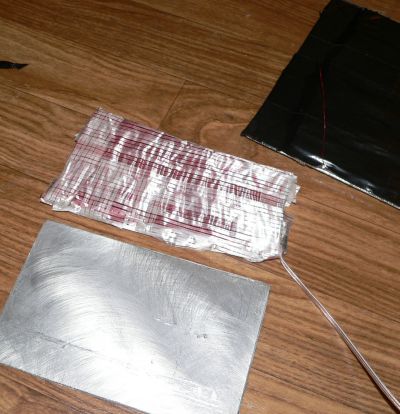 Pad2
Pad2
|
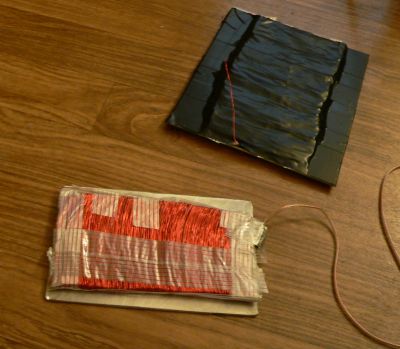 Pads 2 and 3
Pads 2 and 3
|
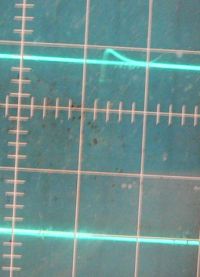 Two volts Ring...
Two volts Ring...
|
 Code - Post Evaluation
Code - Post Evaluation
|
 However, the disadvantage is that conflicts and instabilities can accidently develop.
However, the disadvantage is that conflicts and instabilities can accidently develop.

|

Added another battery...
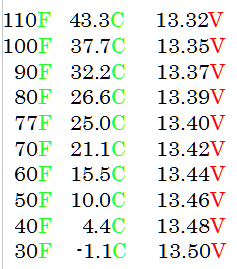
|
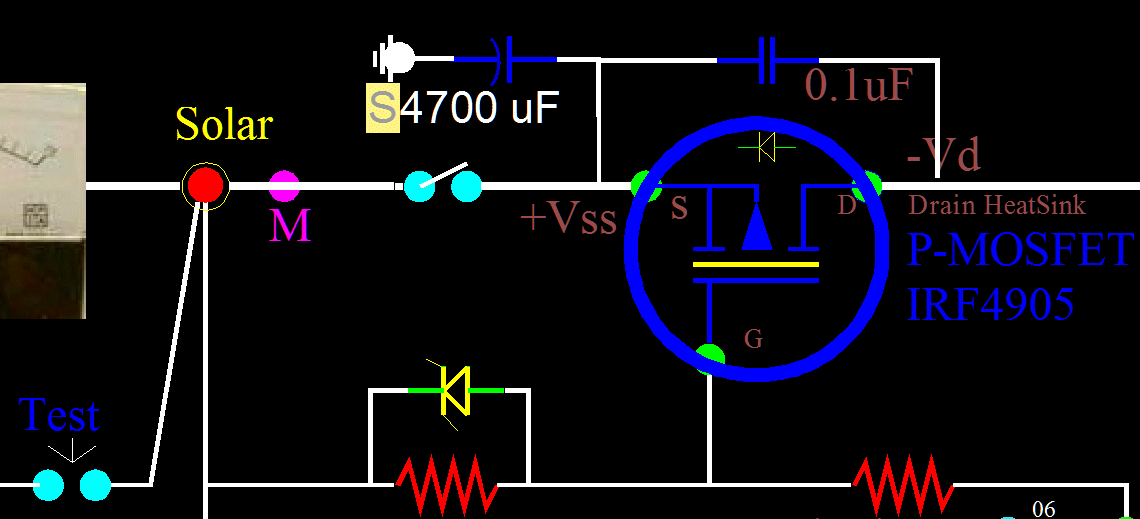
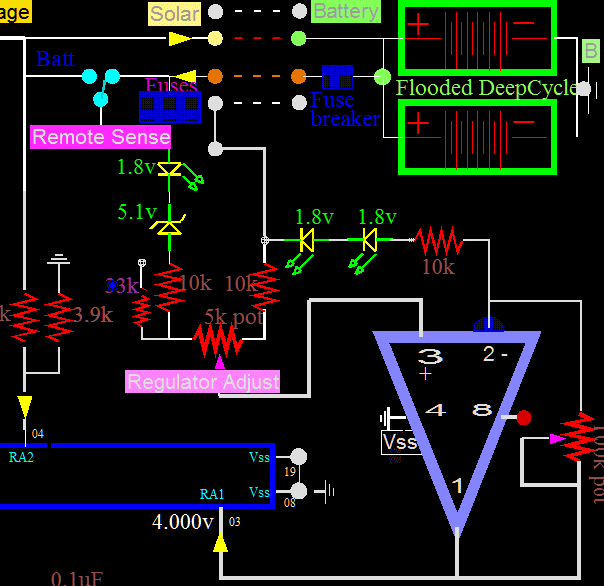
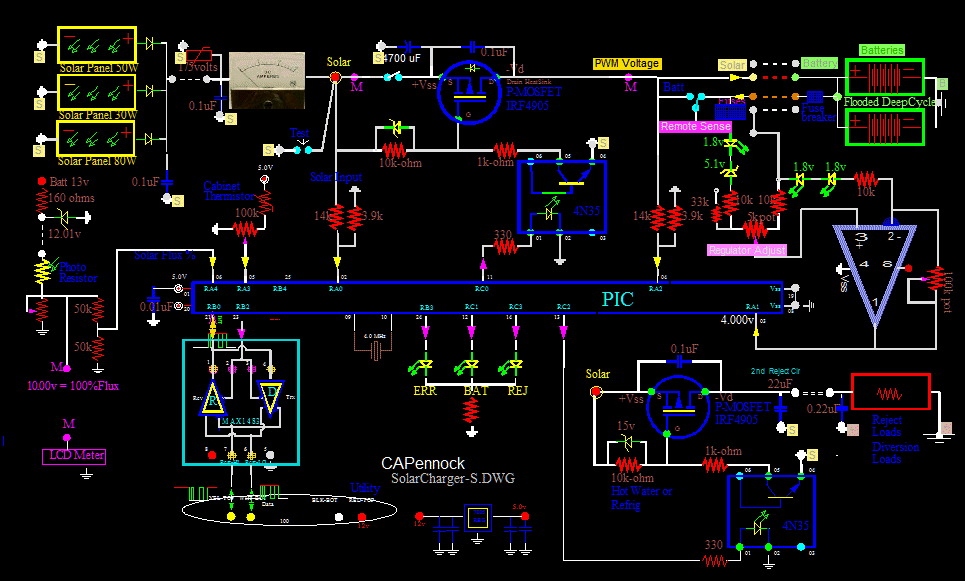

|
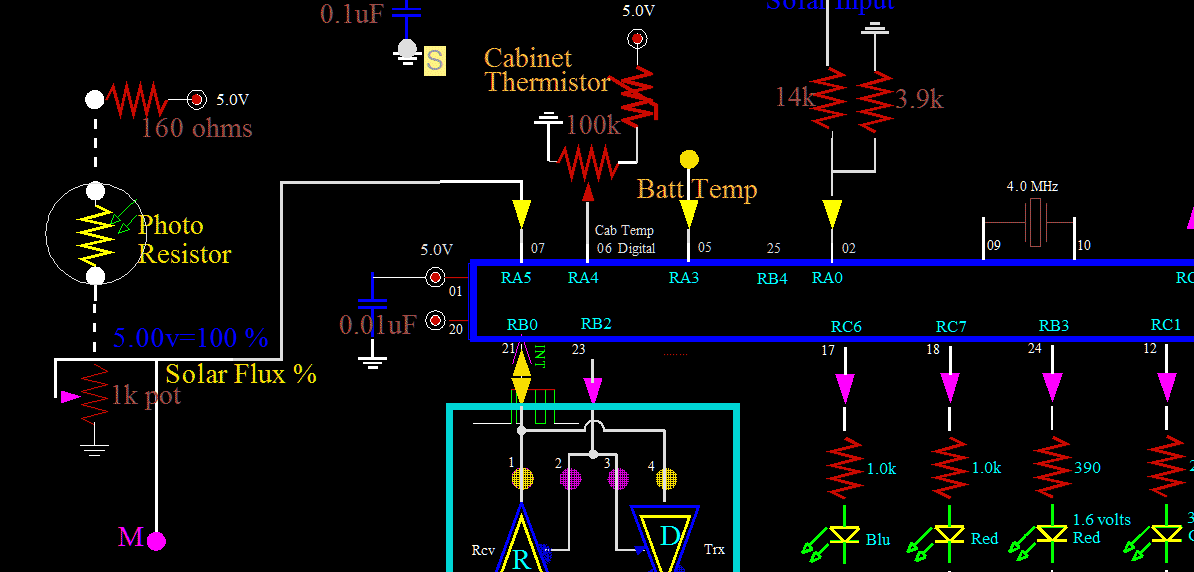
 My battery Temperature Sensor:
My battery Temperature Sensor: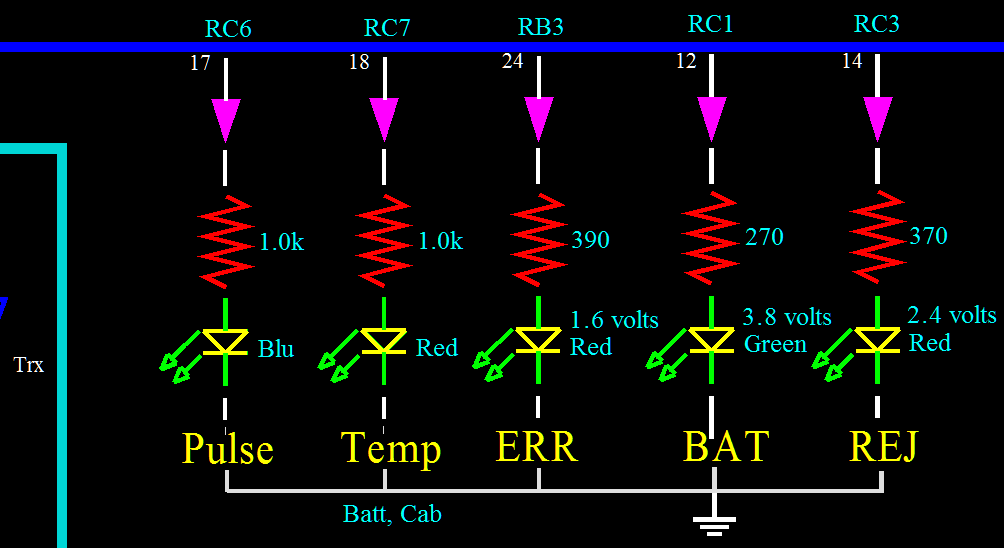
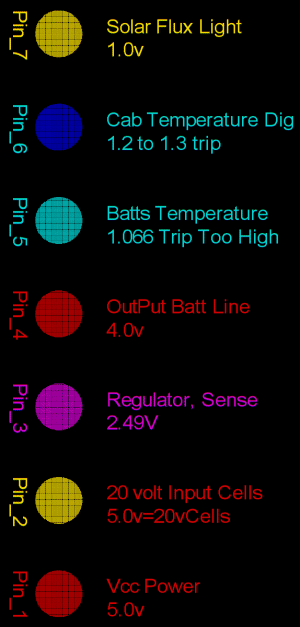 Here is an important section of pins: the analog inputs.
Here is an important section of pins: the analog inputs.
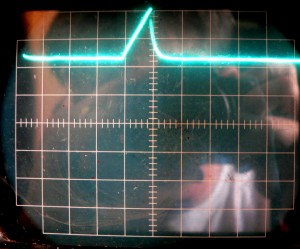
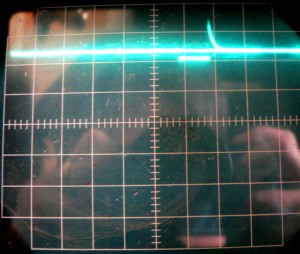
|
 Added LED indicators.
Added LED indicators.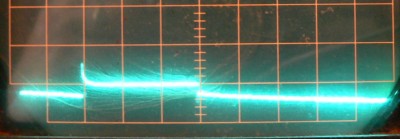 Different day:
Different day: This is at the Battery-two posts; and is while connected to the 0.5 amp load.
This is at the Battery-two posts; and is while connected to the 0.5 amp load.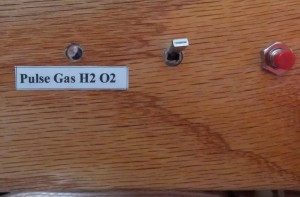 Added a label for the Over voltage Pulse that can give rise to gas production, aprox 14.9 volts.
Added a label for the Over voltage Pulse that can give rise to gas production, aprox 14.9 volts.
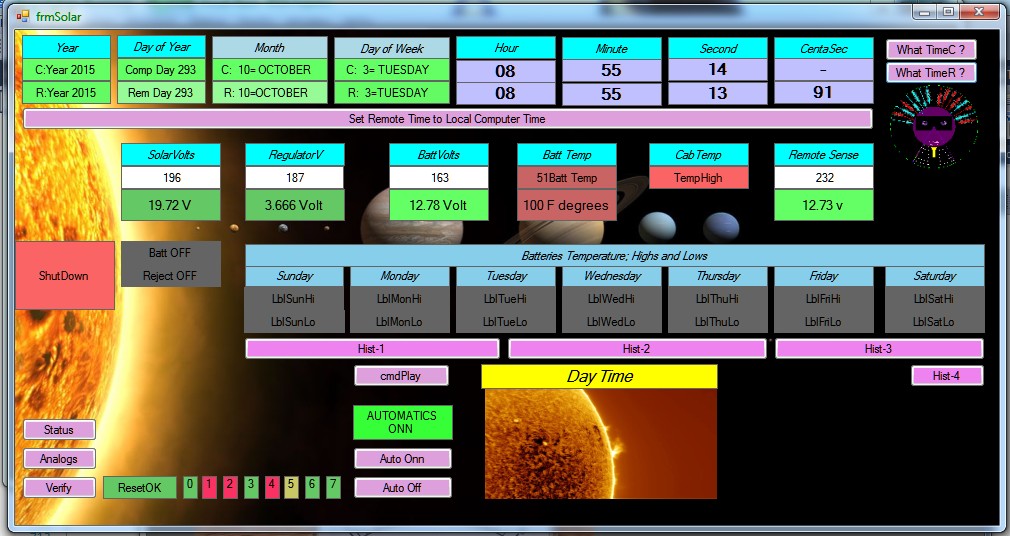 Here is the Solar Controller on a computer screen.
Here is the Solar Controller on a computer screen. Line 886 causes no change in external hardware. No relays are spiked.
I try to use no-imediate-actions, a votive system using "Soft" representation.
Line 886 causes no change in external hardware. No relays are spiked.
I try to use no-imediate-actions, a votive system using "Soft" representation.
 Simplified ShutDown Code:
Simplified ShutDown Code: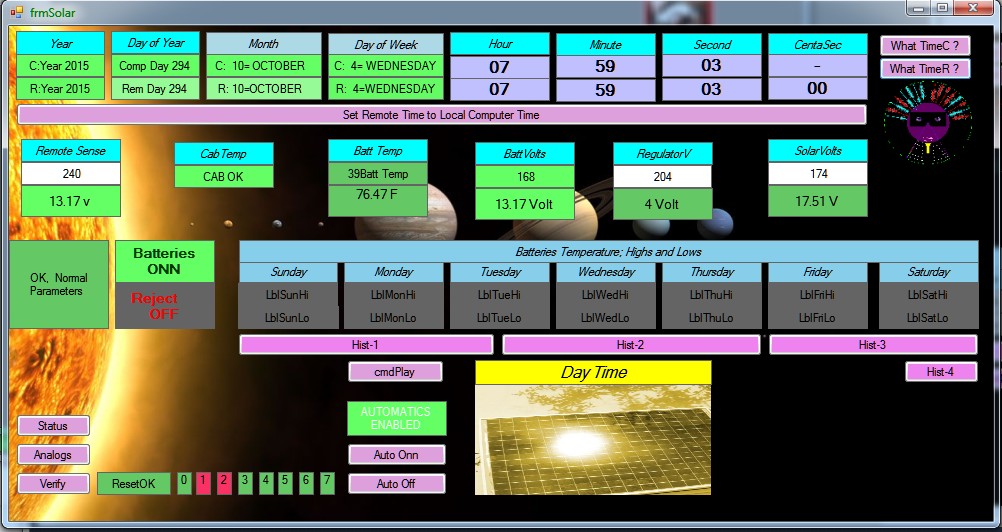
 Here is how speech is handled. As each need to speak is incurred, each is stored in a section call "Latents".
When convenient each is executed (not shown).
Here is how speech is handled. As each need to speak is incurred, each is stored in a section call "Latents".
When convenient each is executed (not shown).
